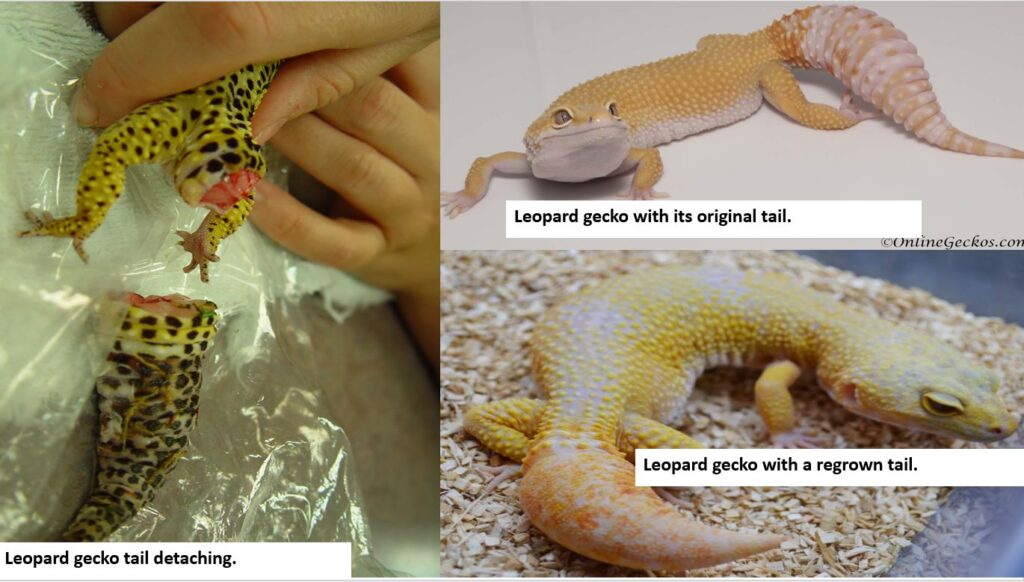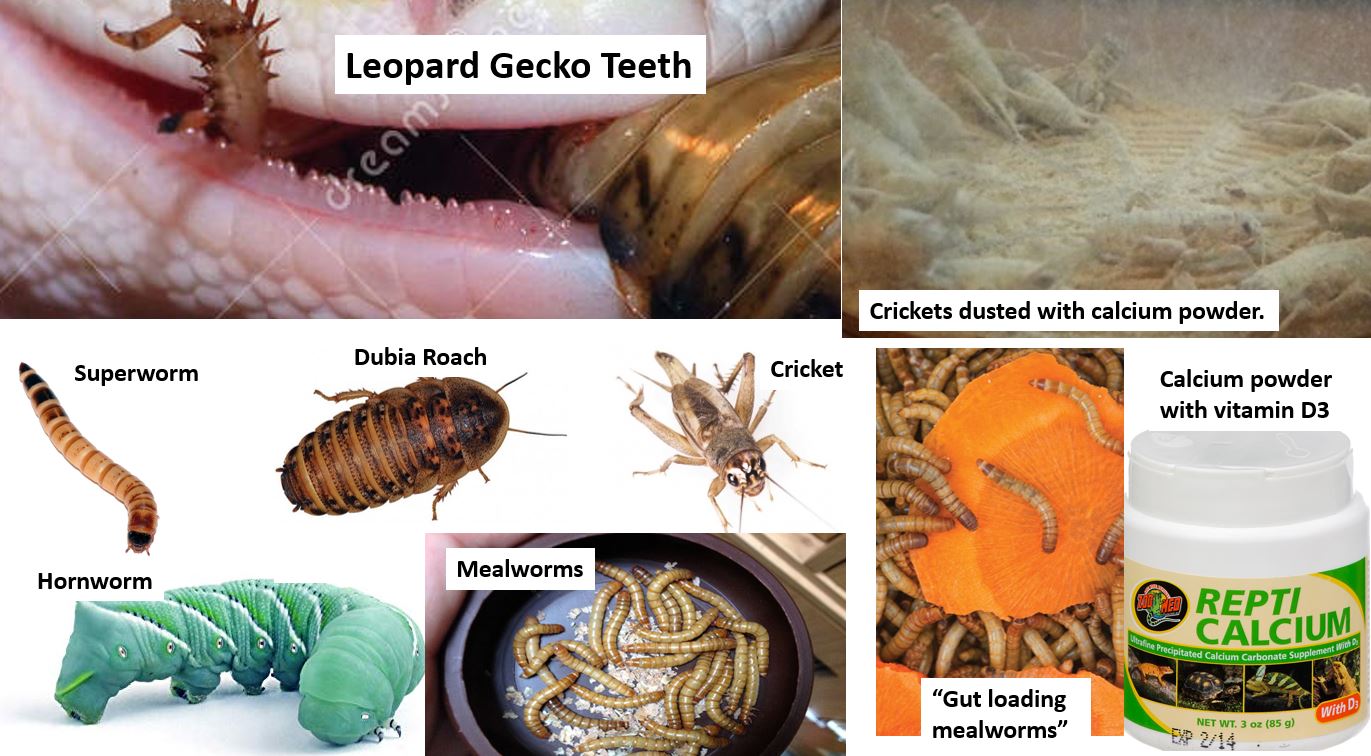You are viewing the article Leopard Gecko Fact and Care Sheet at Tnhelearning.edu.vn you can quickly access the necessary information in the table of contents of the article below.
Leopard Gecko Fact and Care Sheet
Conservation Status
LC
Listed as Least Concern on IUCN Red List.
Taxonomy
Class: Reptilia
Order: Squamata
Family: Eublepharidae
Genus/species: Eublepharis macularius
General Characteristics
Females grow to a length of 7.1 to 7.9 inches (18 to 20 cm) from snout to tail and weigh 1.8 to 2.5 ounces (50 to 70 grams). Males often grow larger than females reaching 7.9 to 11.0 inches in length (20 to 28 cm) from snout to tail and weigh 2.1 to 2.8 ounces (60 to 80 grams).
In the wild, the colors are dull and dark but can be quite vibrant in captivity as a result of selective breeding. In general, they have dark spots across their bodies and a yellowish base, sometimes with hues of purple or brown. They are sexually dimorphic: males have pre-anal pores and hemipenal bulge, while females do not.
Physical Adaptations
This is a unique species of gecko because they have moveable eyelids. Unlike most other geckos, this species lacks the toe pads (called lamellae) necessary to climb smooth surfaces. Rather they are adapted for a terrestrial life with short limbs and sharp nails that allow them to be agile and climb rocks. They are protected from sharp rocks by their very tough and bumpy skin.
They shed their skin one to two times per month, during this process their skin will turn a whitish or grey color, they rip off the old skin and eat it to retain calcium. This frequent shedding removes parasites, heals injuries, and allows them to grow quickly.
They are ectothermic (cold-blooded) animals that absorb heat during the day through their stomachs by basking on rocks or branches while they sleep, this allows them to digest the food they catch at night. In winter temperatures drop as low as 50 degrees Fahrenheit (10 degrees Celsius), so they are forced underground into brumation. This brumation process is similar to hibernation and geckos will survive this state with the stored fat reserves in their tail.
This is a gecko species that will drop/detach their tail if threatened, it will twitch for 30 minutes afterward to allow the gecko to escape from a predator. They can regrow their tail, but it looks quite different than the original.

Behavioral Adaptations
This species is crepuscular, which means they are most active around dawn and dusk. They are usually solitary, males are aggressive to other males, but sometimes females can coexist in captivity.
Distribution and Habitat
This is a terrestrial lizard that is found in dry and semi-dry deserts, grasslands, and savannas throughout Asia, Afghanistan, Pakistan, parts of Iran, and northern India. During the day they hide in burrows.

Diet
In the Wild
These are insectivores and they eat until they are full. They have excellent eyesight and sense of smell to find prey, they stalk prey and strike while moving their tail. They have 100 small but sharp teeth that they use to catch their prey, they replace these teeth three to four times per year.
In Captivity
They should be fed every other day with a diet consisting of crickets, dubia roaches, mealworms, and superworms.
They should only be fed live prey as it is nutritionally superior to commercial dried insects. All food should be dusted with calcium powder and D3, and ideally gut-loaded 12-48 hours before feeding.

Reproduction
Leopard geckos reach sexual maturity at 18 to 24 months old, and usually, seek out other geckos using pheromones during the summer months to breed. After breeding, the female geckos will retain sperm and lay a total of three clutches (consisting of two eggs) every 21 to 28 days. Females require a lot of calcium to develop eggs properly.
The mechanism for sex determination is temperature-dependent with the first two weeks of incubation being the most critical, more females are produced in cooler incubation temperature 79 to 84 degrees Fahrenheit (26 to 29 degrees Celcius), and more males when it is on the hotter side 93 to 95 degrees Fahrenheit (34 to 35 degrees Celcius).
It takes 35 to 89 days for babies to hatch, they break out of the shell with an egg tooth. The newly emerged hatchlings are 2.8 to 3.9 inches (7 to 10 cm) and 0.1 to 0.2 ounces (2 to 5 grams). The hatchlings Babies shed within 24 hours of hatching and then eat their first meals.
Life Span
It is believed that they live for around 4.9 years in the wild and 10 to 20 years in captivity.
Captive Husbandry
Enclosure size: 10 to 30-gallon aquarium or vivarium.
Substrate: Many people advise against loose-substrates and suggest using newspaper, paper towels, reptile carpet, tile, or slate. However, numerous people have been successful in keeping their leopard geckos on a clay/natural sand/soil mixture. The use of reptile calcium-sand and crushed walnut shells as a substrate has been linked to impaction and death in leopard geckos.
Decoration: Leopard geckos should be given rocks and/or wood for climbing and basking. They should also be given a cold-spot hide box and a hot-spot hide box. Furthermore, they should be given a humid hide box that is filled with moist moss or paper towels, this humid hide is important for proper shedding.
Temperature: The basking spot should be 85 to 90 degrees Fahrenheit (29.4 to 32.2 degrees Celcius), and to allow for thermoregulation the cooler side of the enclosure should be 78 to 80 degrees Fahrenheit (25.6 to 26.7 degrees Celcius). Temperatures should be allowed to drop down during the night.
Lighting: In the wild, they would obtain vitamin D3 from sunlight, in captivity the food should be dusted with a calcium powder containing vitamin D3. Some people will offer calcium in a small dish as well. There is some controversy about whether or not UVB lighting is required, but for the most part, 5% UVB is recommended.
Humidity and Water: The humidity should stay quite low (30%-40%), so avoid misting the enclosure unless they are shedding. They should be given a water bowl large enough to allow for soaking.
Thank you for reading this post Leopard Gecko Fact and Care Sheet at Tnhelearning.edu.vn You can comment, see more related articles below and hope to help you with interesting information.
Related Search:

